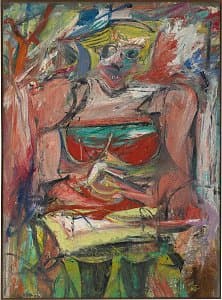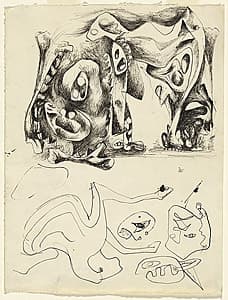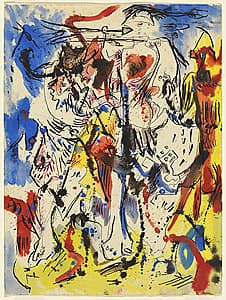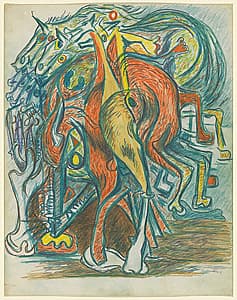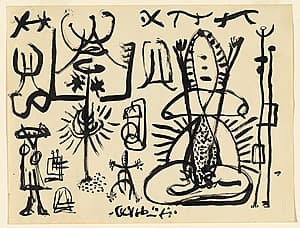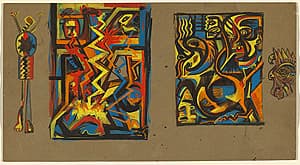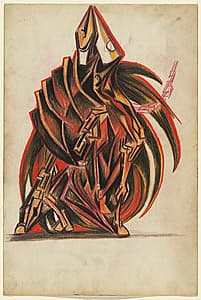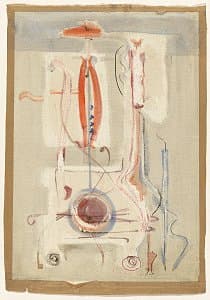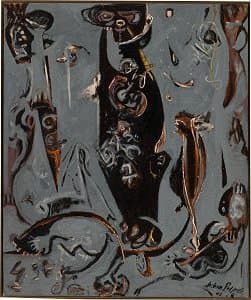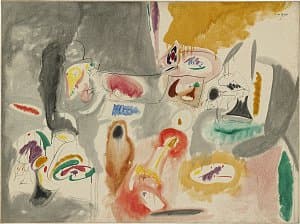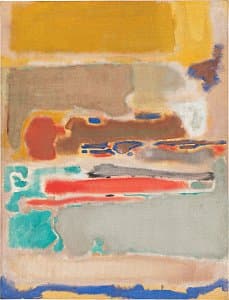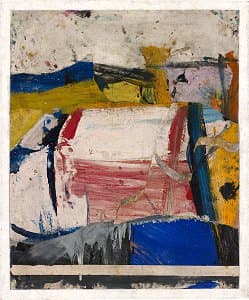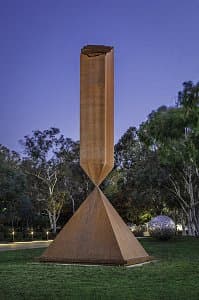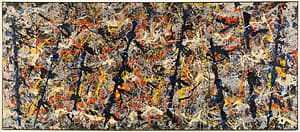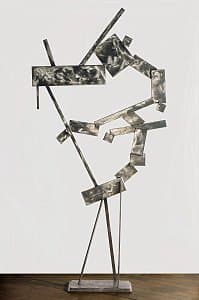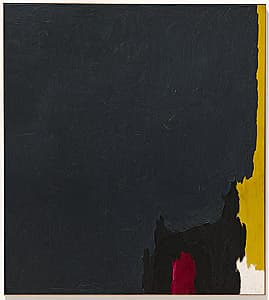Precursors / New York School
- Willem de Kooning
- Helen Frankenthaler
- Arshile Gorky
- Hans Hofmann
- Lee Krasner
- Barnett Newman
- Jackson Pollock
- Mark Rothko
- David Smith
- Clyfford Still
America and Europe: the New World and the old. The nature of the artistic relationship between North America and Europe—always complex—changed in the middle decades of the twentieth century. Before then, many American artists had travelled to Europe, to France in particular, seeking modernity and innovation in art. Now European artists fled the horrors of Nazism and the Second World War for, they hoped, a New World.
Abstract Expressionism has its roots in the social and artistic climate of the 1920s and 1930s, when social realism and regionalism dominated. However, the movement would not have emerged without the European émigrés, including some of the Surrealists. New York showed the creative intellectual ferment of this period; as a haven for migrant artists it offered American artists the opportunity to assimilate outside artistic developments. Such a climate of cross-cultural influences impelled the first uniquely American movement, one that for the first time was not a provincial version of the European tradition or its avant-gardes. Now it was American artists, the Abstract Expressionists, who influenced vanguard European artists rather than the reverse.
The term Abstract Expressionism came into common use to describe artists in the 1940s and 1950s who shared a similarity of outlook rather than a cohesive style, characterised by a spirit of revolt and aggressive self-determination, as well as the renunciation of aesthetic canons and insistence on freedom of expression. It is associated with spontaneity, intuition and automatism, in addition to symbolism, ritual imagery and the unconscious as the source of art. The artists―called the New York School―are seen as the first major American art movement, marking the transition from Paris as the artworld centre.


